Do you like animals? Leave zoos and aquariums aside, consider these 5 ethical options.
Zooes and aquariums may have cracked your imagination and left you tender childhood memories. But now, far from the first moments of innocent life, you understand that these tourist places have nothing ethical and beneficial to animals. Arrested to their natural environment (sometimes violently), cut off from their natural instincts, far from their peers: the life of captive animals is far from being frightening.
However, you don't have to do a cross on your love of beasts and your desire to approach them. Fortunately, there are several alternatives to zoos and aquariums. We have identified a part of this article. For adults and young people, these organizations allow to observe and engage in wildlife, in accordance with the living.
However, it is important to specify that no solution is perfect. Each of the organizations selected, in France or abroad, must be the subject of scrupulous research on your part in order to verify their good faith.
Why boycott zoos and aquariums?
Terrestrial and marine animals, introduced in zoos, circus and aquariums, are often brutally removed from their natural environment. This traumatic and dangerous extraction takes different forms. For example, some rare fish exposed to human beings are captured by a toxic product that sleeps them and leaves sequelae.
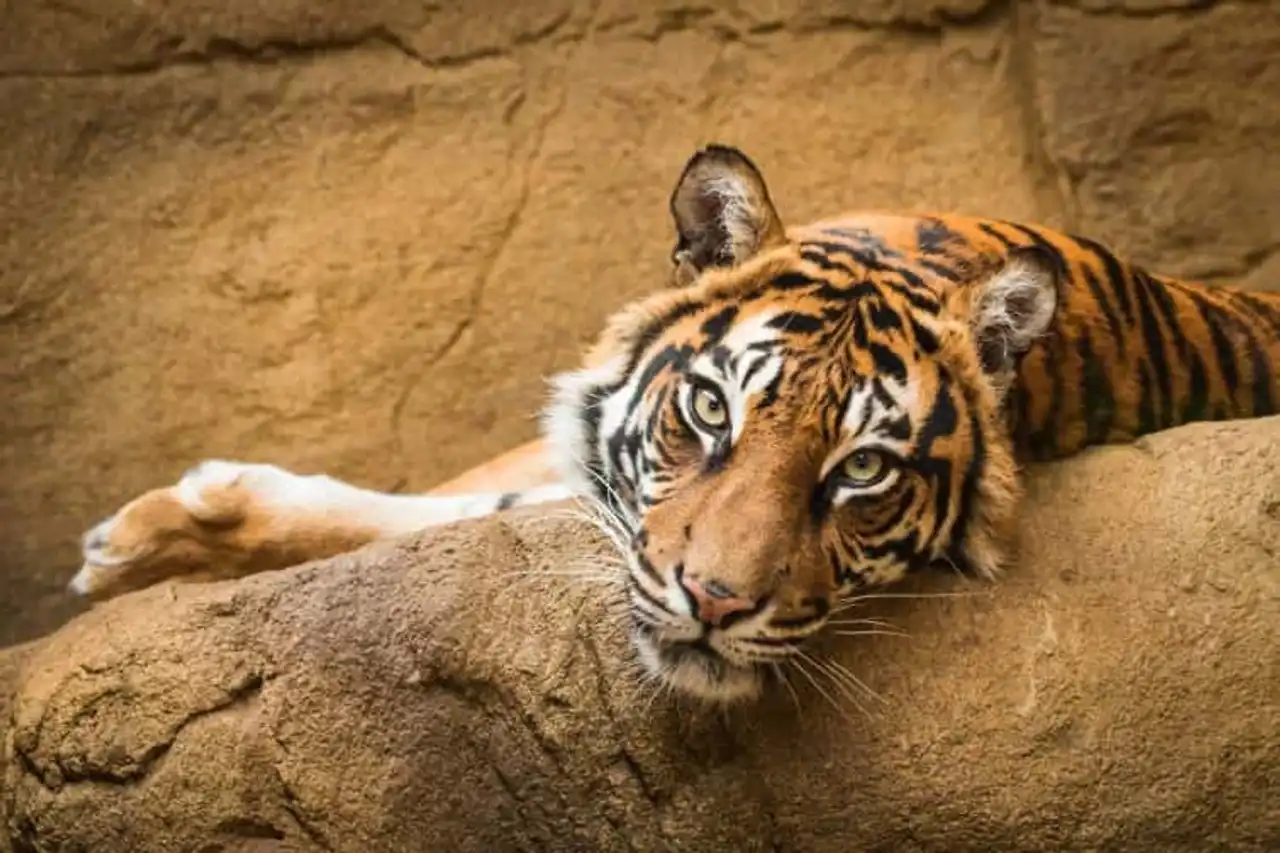
Photo credit: Shutterstock / Andywak
In addition to being diverted from their natural habitat, some species (felines, dolphins, elephants, etc.) are sometimes trained with violent methods to run distraying towers for visitors. Question place, animals in captivity find themselves with much less space to move. They can no longer engage in the most elementary and instinctive activities.
In addition, it is clearly the baby animals or the most "cut" species that attract the public. Thus, structures that hold animals do not hesitate to exchange, sell or even kill aging residents. Finally, do you know the zoochosis? A mental illness developed by some animals in captivity. It causes a sense of frustration and boredom and the appearance of depressive symptoms.
Victim animals can then adopt aggressive, regressive, self-destructive driving. These are all the reasons that are pushing us today to present you the refuges, sanctuaries or natural reserves that combine your pleasure with that of ecosystems.
However, even when you choose local sanctuaries or more or less geographically close animal shelters, do a lot of research. Make sure that the structure legitimately saves animal species, does not raise them, or does not propose activities for lucrative purposes. Check:
- Accreditation
- Visiting hours (a reduced capacity is good sign)
- Social networks of the organization
- The state of living spaces and installations
- The proposed activities (cares a felin or climbing on the back of an elephant is not natural)
- The degree of stimulation offered to pensioners
- The skills and experience of volunteers recruited
- The animal acquisition system
Natural reserves and national/regional parks
A pair of handmade twins, accompanied by a local guide, enter a natural reserve in search of rare and endemic animals. A natural, national or regional reserve is intended to protect the whole of life and exceptional or threatened ecosystems.
Fauna and flora, soil, water, minerals and fossils, on earth, at sea or even buried under our feet: the balance of each counts. Taking care of fragile and precious universes requires solid knowledge and strong commitments. Natural reserves offer permanent restoration and maintenance, environmental awareness programs and monitoring of natural areas by a dedicated police.
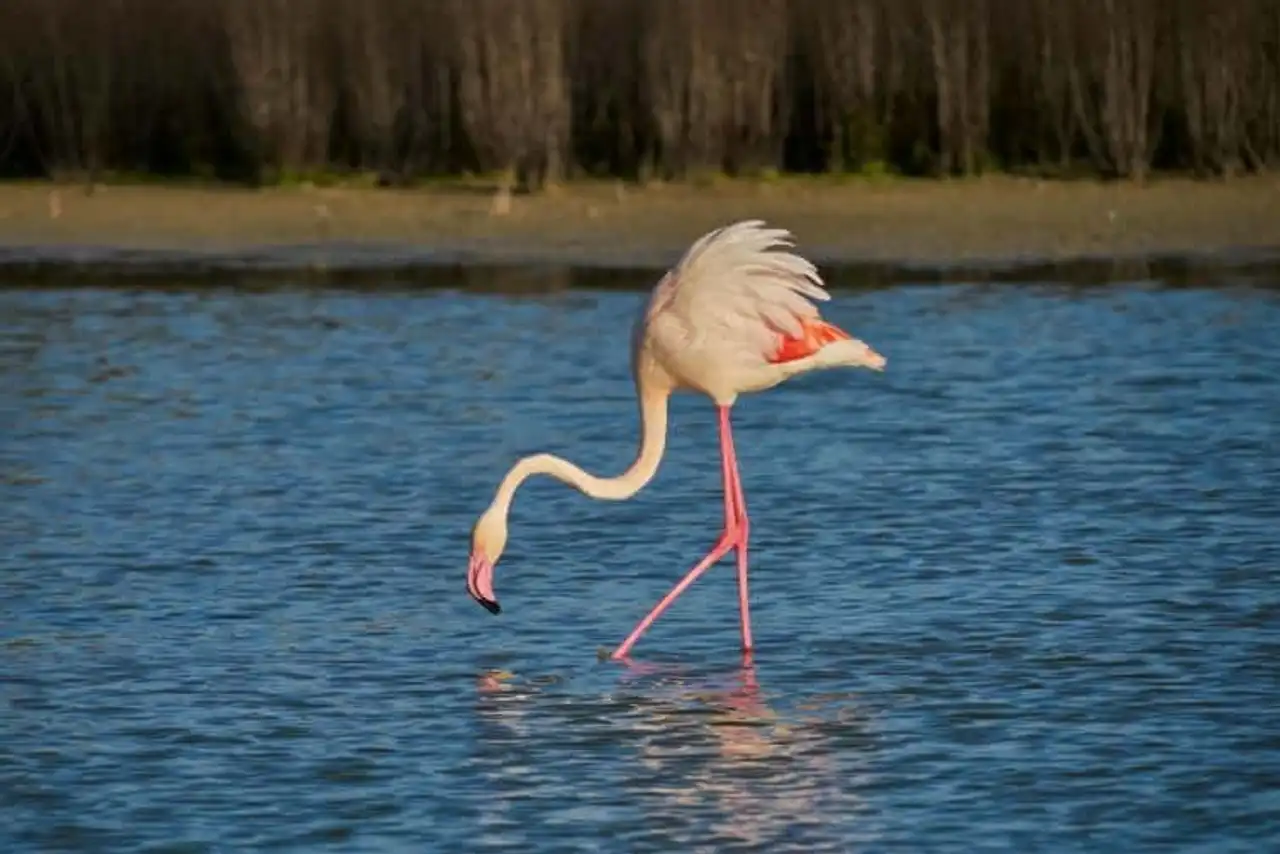
Photo credit: Jesus Noguera photography
Among the most irreproachable national and regional parks in the world, many are in Africa, including the must-sees Serengeti National Parks en Tanzania and Kruger South Africa. In the top, there are also Wyoming Parks in the USA (such as Grand Teton and Yellowstone), the Chitwan National Park at Nepal or that of Jim Corbett in India .
Don't worry. France It is not the rest with its ten natural reserves, including those of Vanoise, Pyrenees, Ecrins, Calanques and Outre-mers. The Mercantour National Park , centered on the protection of the wolf, and the Cevennes National Park , a biosphere reserve by UNESCO, are among the best students in the world.
Shrines for animals
Animal sanctuaries are probably the largest footstools at zoos. These fervent advocates of the animal cause and the deep connection to nature invite visitors to interact and understand species in a peaceful and natural setting.
In France, we recommend the sanctuary of Aiseirigh, the refuge of the Ark, the association AVA or the Sanctuary of Cointister, particularly recognized. To ease your thirst for distant trips, why not go towards Africa or Africa United States ?
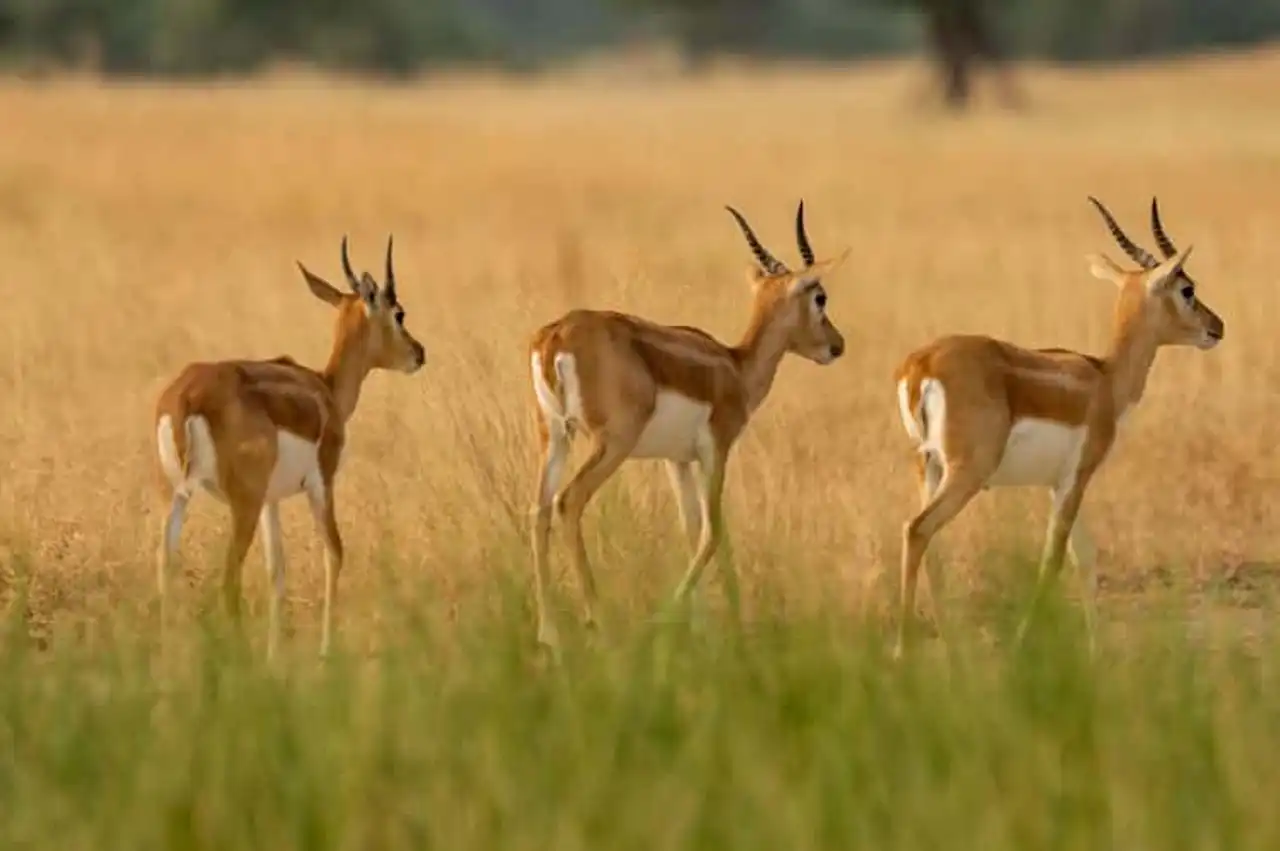
Photo credit: Shutterstock – Sourabh Bharti
For example, SanWild Wildlife Sanctuary is a wildlife rehabilitation centre and a natural reserve deployed over 6,000 hectares in South Africa . If the reserve first shelters and protects local wildlife, it is today the refuge of many wild animals saved from poachers: giraffes, elephants, impalas, zebras, blue gnous, rhinoceros, hippopotamus and more. The sanctuary is entirely designed to welcome the vegans.
There is also the Wild Animal Sanctuary in Keenesburg, Colorado, USA. This immense sanctuary opens its doors to animals rescued and reintroduced in vast natural areas to heal. Visitors admire lions, tigers, bears, wolves, hair, lynx, etc. from an elevated bridge that crosses the estate. Many of the animals come from zoos, circus and amusement parks that mistreat captive species.
Shut up

Photo credit: Shutterstock – Alliance Images
Farms are an integral part of the collective imagination. How many stable campagnardes are at the heart of stories of childhood or movies that it makes good looking under the duvet... But instead of reading them or seeing them on a screen, why not come to live on the farm for real?
Today, farms are many to open their doors and create a beautiful alternative to circus and zoos. Most of them offer fun and memorable activities: feeding bottles of small sheep, treating cows, making goat cheese, etc. In France, there are many platforms specializing in the holidays on the farm, on holiday or camping, in the heart of the exploitation.
- Oh, my God.
- Welcome to the farm
- Gîtes de France
- Home Country
In addition to handing over the dough and entering the skin of a farmer, this bucolic stay allows you to offer a small supplement of income to the engaged producers and breeders.
And if you want to test the farm across borders, why not in the USA? Head north New York where is the mythical Woodstock Farm Animal Sanctuary. It welcomes animals recovering from ill-treatment in farms, slaughterhouses or animal markets.
Vaches, pigs, goats or chickens are treated in a specially designed hospital. This sanctuary offers educational visits to schoolchildren and shows us that farm animals are just as affectionate and cute as dogs and cats that invade our social networks.
Care centres and shelters
Care centres and shelters are alternative and ethical places where the visitor is really useful. The animals collected are generally chemist and in great lack of love. To involve you on a daily basis, just find a refuge close to your home and, why not, take care of a few hours of walk or game with countless cats, dogs and other surprising species. On your trip, you will also have the opportunity to find amazing care facilities on your road. Here are a few.
In France:
- The Maison des Loups in Orlu, which works for the conservation of wolves and offers visitors the opportunity to approach them via observation towers perfectly inserted in their natural habitat.
- The Singes Forest of Rocamadour, which allows the conservation and freedom of the Barbarie macaques.
- Borce Bear Park, which hosts mountain animals such as bears, injured, ill-treated or threatened by environmental problems.
Asia is well known for its elephants. Nevertheless few encounters with pachyderms are ethical. These animals are among the most exploited and abused in the world. Fortunately, some centres allow visitors to meet these majestic animals in full respect for their well-being.
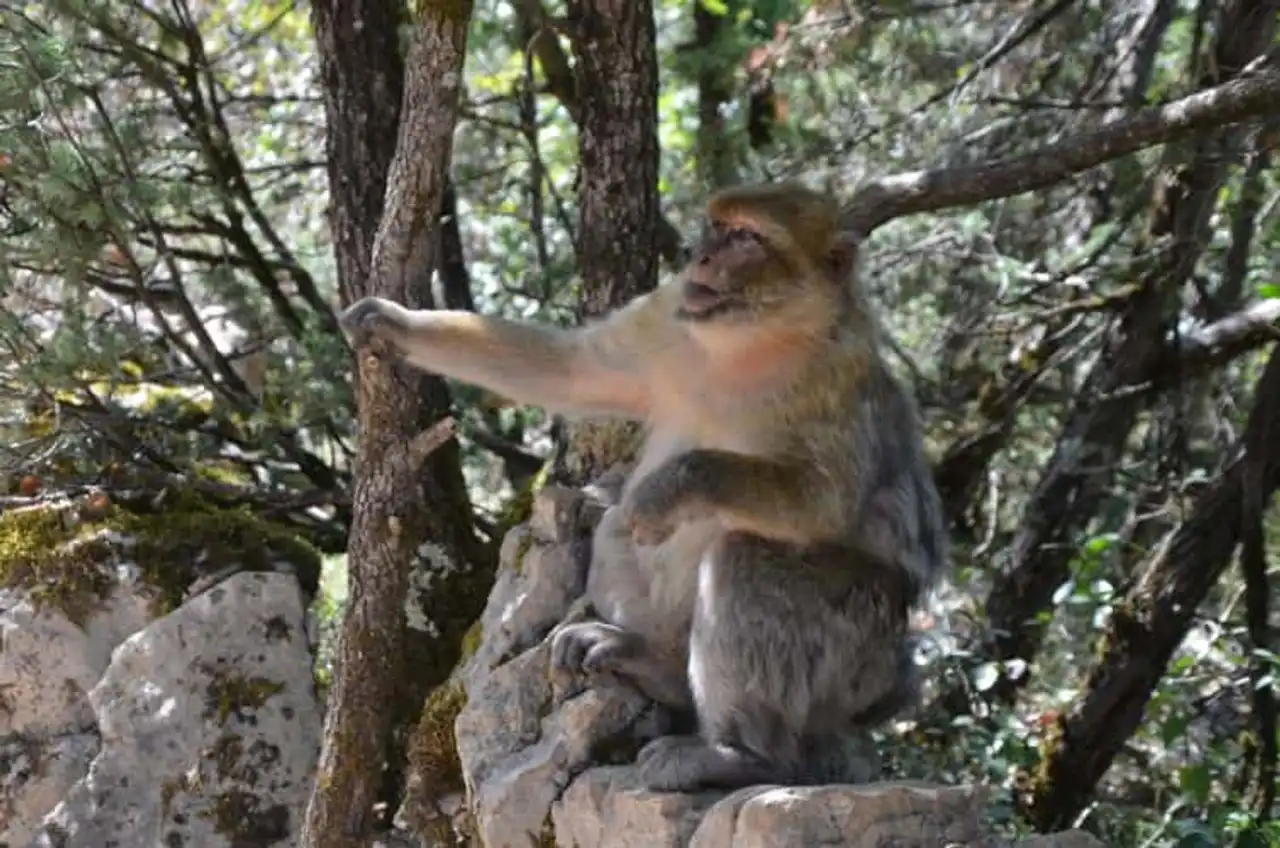
Photo credit: Shutterstock – Emre Ucarer
Among these places are the Elephants Natural Park, in Thailand . It is a rescue centre located in the province of Chiang Mai. His founder, “the man who whisperes in the ear of elephants” has been fighting since 1996 against the ill treatment and exploitation of animals. On site, you can approach animals completely free in their natural environment. You can also feed them and participate in the daily mud bath.
The Lone Pine Koala Sanctuary, in Australia , is the largest and oldest koala care center in the world. The shelter also collects kangaroos, reptiles and injured birds. At Lone Pine Koala Sanctuary, visitors can approach snakes, feed kangaroos and câline koalas. They can also improvise “a guardian of one day” and enter the skin of a koalas caregiver.
Aldabra’s giant turtles are endemic reptiles Seychelles . They are protected, in particular, by the L’Union estate in La Digue, which houses at least twenty giant adult turtles. The place also has a small nursery where baby turtles grow and evolve safely. Visitors can spend time with turtles or feed them with large green leaves.
Natural backgrounds
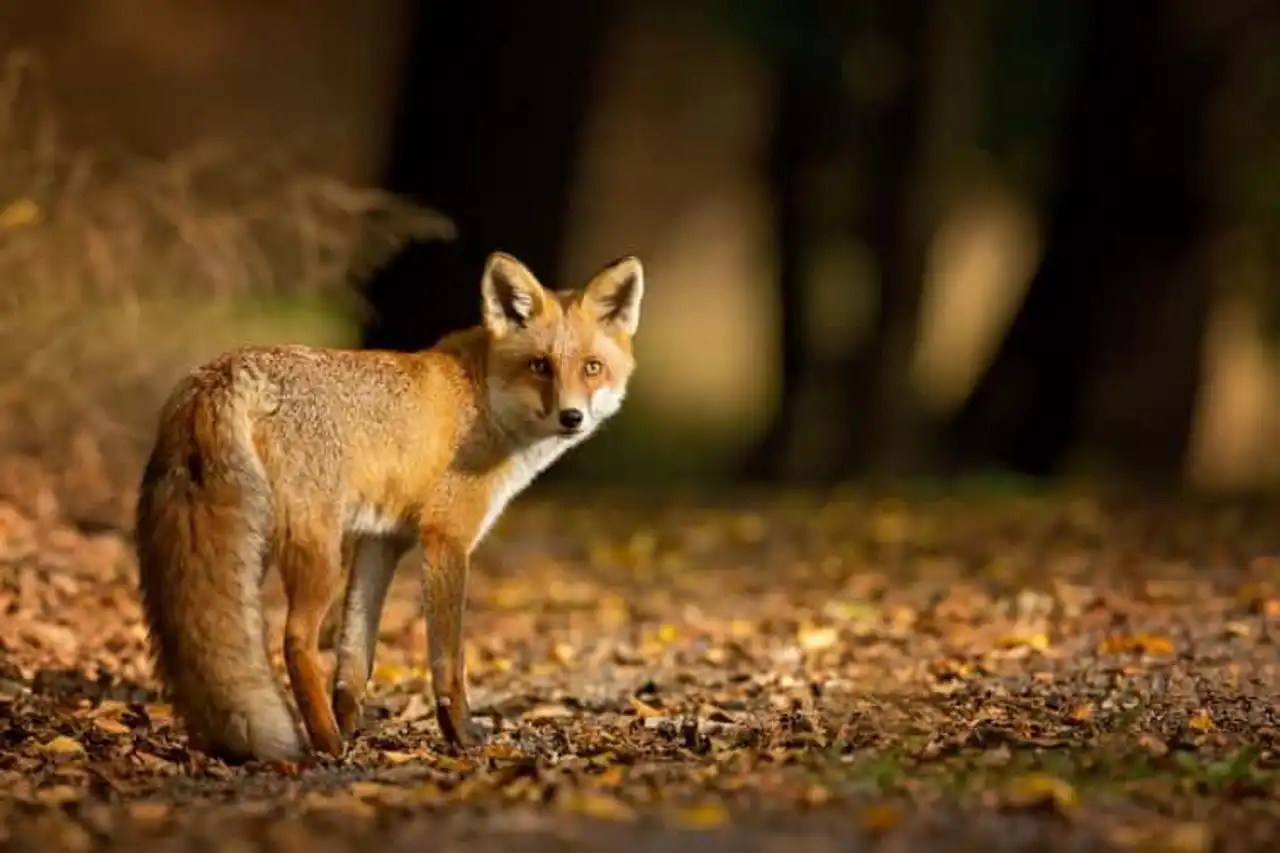
Photo credit: Shutterstock – Milan Zygmunt
The most authentic and respectful way to observe animals remains in their natural environment, with full respect for their environment and habits of life. For this, it is enough: a walk in the forest or in the middle of the sea on a soft boat or during a snorkeling session. Add to this a little calm and patience and magic will work.
Few feelings are as wonderful as those experienced when, at the turn of a turn, you encounter wild reindeer by chance or, behind a coral barrier, the silhouette of a sea turtle. Around the world, you will find hundreds of guided tours and tours alongside expert and committed naturalists.
Depending on the location or your desires, you can observe rare birds in Costa Rica , looking for Big Five in Africa, meeting lamas in Andin countries, admiring whales, cachalots and seals in the St.Lawrence in Canada, swimming with Menta rays Fiji or contemplate the great monkeys in Bora Bora. All, such lucky, humble and invisible spectators.
In general, these observation excursions (on sea and on land) must ensure that tourists do not approach too much and do not touch animals. In addition, they must not provide any food. Finally, prefer organizations with a limit of departures.
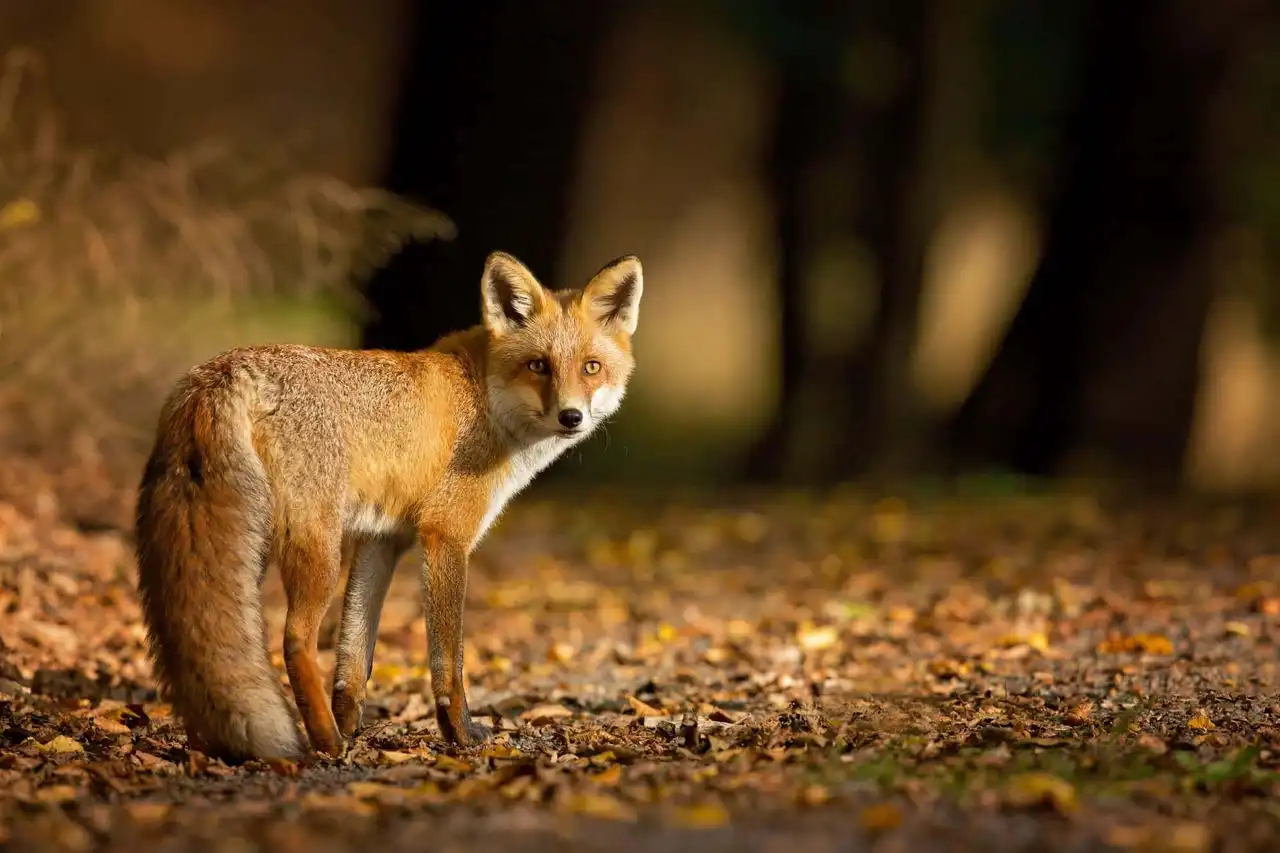




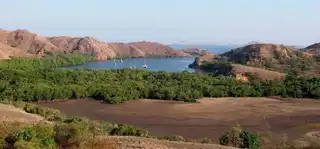


Loading comments ...